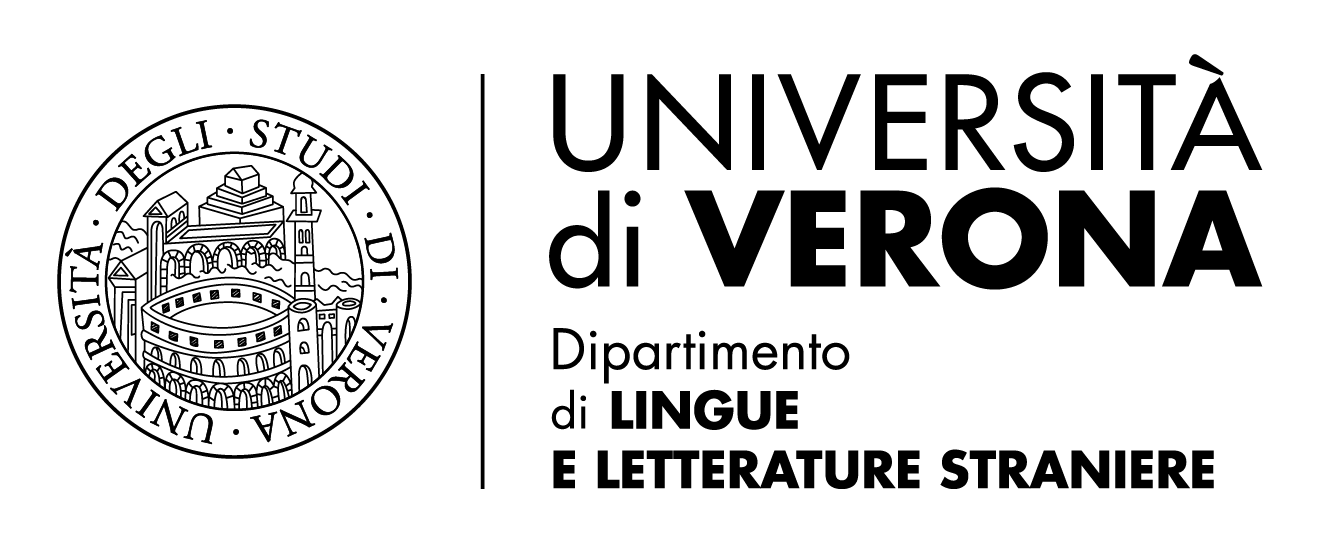«Мистический вздор» или «Последнее милосердие»?
(Два способа прочтения рассказа Ф.М. Достоевского Бобок)
DOI:
https://doi.org/10.13136/1013-2309/1479Abstract
"Mystical Nonsense" or "'Final Mercy'?" (Two ways of reading F.M. Dostoevsky's story Bobok)
The short story Bobok, published in February 1873 as part of the Writer's Diary, is one of the major works in Dostoevsky's entire creative legacy in terms of the depth and acuteness of its existential problems. To clarify the artistic nature of this story, it will be productive to include it in a number of Dostoevsky's creative works, the dominant genre-compositional architectonics of which is an openly expressed fantastic element. A striking moment of essential closeness between The Dream of a Ridiculous Man and Bobok are the pictures of the posthumous stay of the heroes of the two works in the cemetery in graves without movement, but in fullness of consciousness and feelings. However, the similarity of the grave scenes in their naturalistic concreteness sharpens the contrast of artistic solutions of the two stories, making them a peculiar diptych among the works of "small prose" published in the pages of Dostoevsky's Writer's Diary. The main point is that Bobok's characters enthusiastically accept the afterlife, rejecting another perspective of postmortem existence as "mystical delusion". We will turn to the artistic conception of this highly unusual story.
Keywords: Bobok; The Dream of a Ridiculous Man; The Afterlife; Fantastic
Downloads
Published
Issue
Section
License
Authors must attend to the following conditions:
- Authors will retain copyright of their work but give the journal first publishing rights. Articles will be simultaneously licensed by a Creative Common License - Attribution - No Commercial Use that permits other researchers to share the work by indicating the author’s intellectual property and its first publishing in this journal not for commercial use.
- Authors can adhere to other license agreements not exclusive to the distribution of the published version of their work (for example: include it in an institutional archive or publish it in a monograph) as long as they indicate that it was first published in this journal.
- Authors can disseminate their work (for example in institutional repositories or on their personal website) before and during the submission procedure, as it can lead to advantageous exchanges and citations of the work (see also, The Effect of Open Access).
If you have questions, you may contact:
or
dostoevsky-studies@ateneo.univr.it




